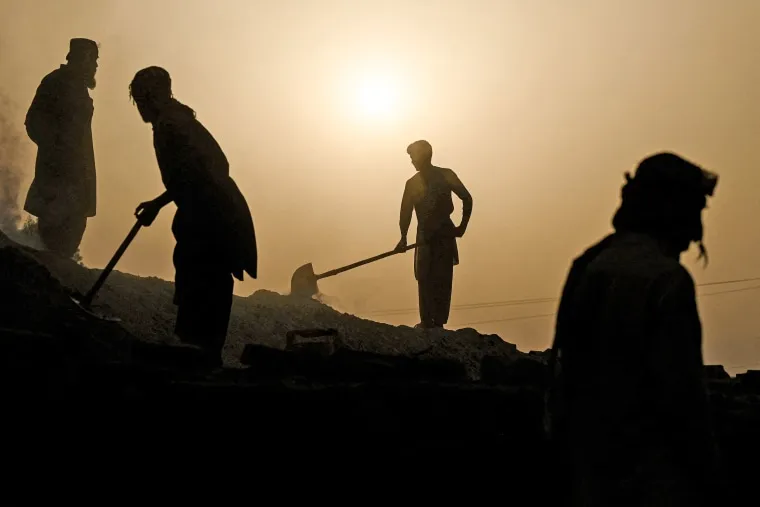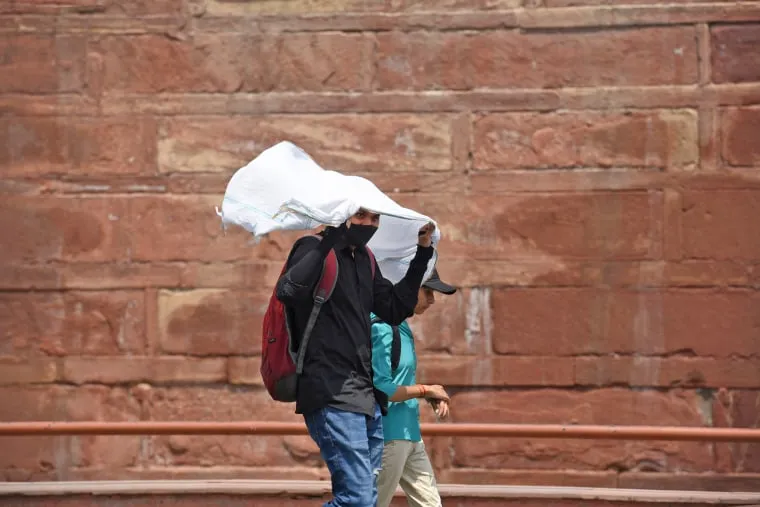A recent heatwave in southern Asia, which saw temperatures soar to as high as 45C (113F), has been linked to climate breakdown. The unusual high temperatures were recorded in monitoring stations across India, Bangladesh, Thailand, and Laos. The extreme heat caused widespread damage, with reports of deaths, hospitalizations, and school closures. In Thailand, the combination of high temperatures and humidity made some areas feel like they were registering above 50C (122F).
The study, conducted by the World Weather Attribution group, found that temperatures in the region were at least 2C (3.6F) hotter due to climate change. If the global average temperature reaches 2C warmer than pre-industrial times, the study suggests that heatwaves like this one could occur every one to two years in India and Bangladesh.
Friederike Otto, a senior climate scientist at Imperial College London and one of the study’s authors, emphasized the devastating impact of climate change on heatwaves. “We see again and again that climate change dramatically increases the frequency and intensity of heatwaves, one of the deadliest weather events there are,” she said.

The study’s findings underscore the need for heat action plans to be implemented faster in heat-affected countries. These plans aim to help people deal with extreme heat through awareness programs, training for healthcare workers, and affordable cooling methods. However, many people in the region lack access to healthcare and cooling solutions, making them particularly vulnerable to the effects of heatwaves.
Emmanuel Raju, the director of the University of Copenhagen’s Centre for Disaster Research and another study author, emphasized the disproportionate impact of heat on the poorest and most vulnerable populations. “It’s important to talk about who can cope and adapt to heat,” he said. “Many are still recovering from the pandemic, and from past heatwaves and cyclones, which leaves them trapped in a vicious cycle.”
The southern Asian region is considered one of the most vulnerable to climate change in the world. Climate scientists are unequivocal in their warning that drastic action to reduce carbon dioxide emissions is necessary to mitigate the worst effects of climate change. “Heatwaves will become more common, temperatures will rise even more, and the number of hot days will increase and become more frequent” if we continue to pump greenhouse gases into the atmosphere, said Chaya Vaddhanaphuti, a lecturer at Chiang Mai University in Thailand and a co-author of the study.
The consequences of inaction are stark. As the world becomes warmer, the frequency and intensity of heatwaves will only increase, putting the lives of millions of people at risk. It is imperative that governments and individuals take immediate action to reduce emissions and protect the most vulnerable populations from the devastating impact of climate change.

